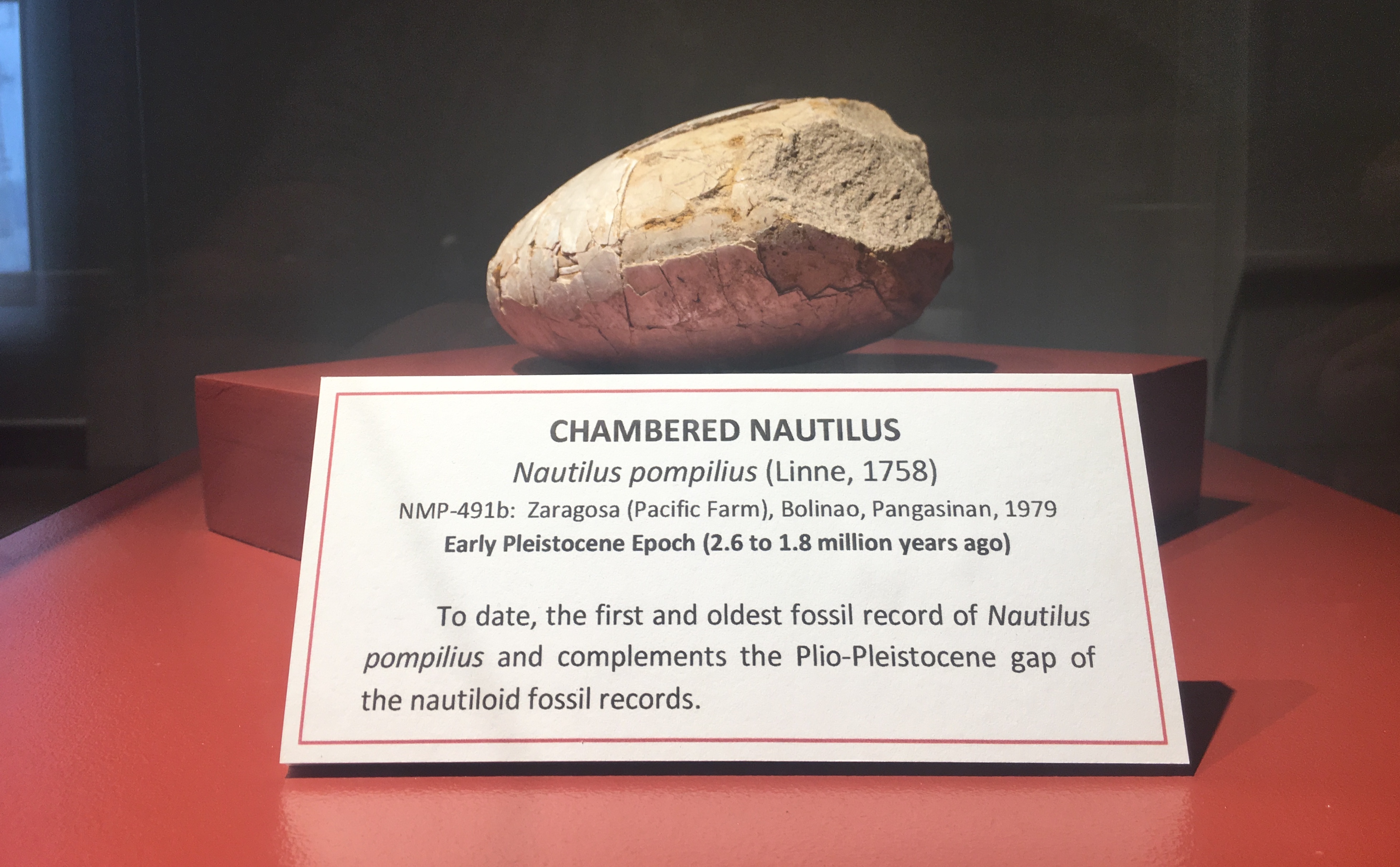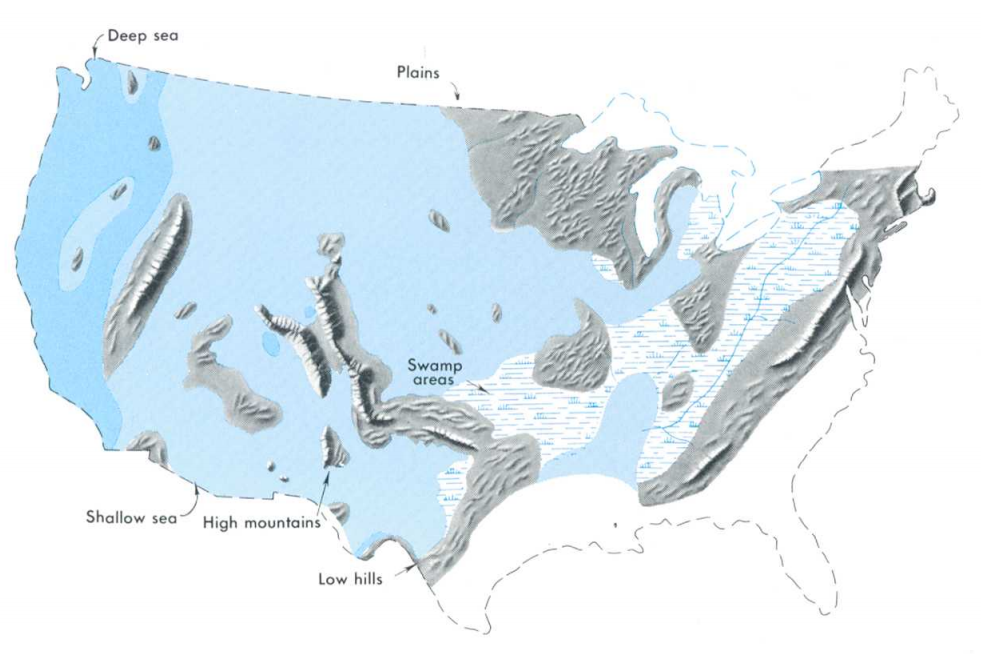|
Pseudohaloritidae
Pseudohaloritidae is the larger of two families that form the goniatitid superfamily Pseudohaloritoidea, the other being the monogenerc Maximitidae. They are part of the vast array of shelled cephalopods known as ammonoids that are more closely related to squids, belemnites, octopuses, and cuttlefish, than to the superficially similar ''Nautilus''.The Paleobiology Database 11/17/09 The Pseudohaloritide which now contains some 14 genera in three subfamilies is characterized by small, subdiscoidal to subglobular, involute shells, the surface of which may be smooth or with coarse longitudinal lirae and/or transverse ribs. The is retrosiphonitic, a hold-over character from the |
Pseudohaloritoidea
Pseudohaloritoidea, formerly Pseudohaloritaceae, is one of four superfamilies of the goniatitid suborder Tornoceratatina. Although attributed the Ruzhencev, 1957 (Ruzhencev named the Pseudohaloritidae, March 1957, eight months ahead of Miller and Furnish) T.J Frest ''et al.'' included the Maximitidae and Pseudohaloritidae in the Cheilocerataceae in their May 1981 paper. References * T.J Frest, B.F.Glenister,& W.M. Furnish, 1981. Pennsylvanian-Permian Ammonoid Families Maximitidae and Pseudohaloritiae. The Paleontological Society Memoir 11, May 1981GONIAT5/28/12 The Paleobiology Database5/28/12 Tornoceratina Goniatitida superfamilies Pennsylvanian first appearances Lopingian extinctions {{Goniatitida-stub ... [...More Info...] [...Related Items...] OR: [Wikipedia] [Google] [Baidu] |
Pseudohaloritinae
Pseudohaloritinae is one of three subfamilies of the Pseudohaloritidae family, a member of the Goniatitida order. They are an extinct group of ammonoid, which are shelled cephalopods related to squids, belemnites, octopuses, and cuttlefish, and more distantly to the nautiloid Nautiloids are a group of cephalopods (Mollusca) which originated in the Late Cambrian and are represented today by the living ''Nautilus'' and ''Allonautilus''. Fossil nautiloids are diverse and species rich, with over 2,500 recorded species. Th ...s. References The Paleobiology Databaseaccessed on 10/01/07 Pseudohaloritidae {{Goniatitida-stub ... [...More Info...] [...Related Items...] OR: [Wikipedia] [Google] [Baidu] |
Shouchangoceratinae
Shouchangoceratinae is one of three ammonoid subfamilies of the family (biology), family Pseudohaloritidae, which in turn is one of two families in the Goniatitida, Goniatitid superfamily Pseudohaloritoidea. The Shouchangoceratinid ammonoids were found in marine environments throughout the world during the Permian, particularly in China. References The Paleobiology Database accessed on 10/01/07 Shouchangoceratinae, Pseudohaloritidae Permian extinctions {{Goniatitida-stub ... [...More Info...] [...Related Items...] OR: [Wikipedia] [Google] [Baidu] |
Yinoceratinae
Yinoceratinae is one of three subfamilies of the goniatitid ammonoid family Pseudohaloritidae Pseudohaloritidae is the larger of two families that form the goniatitid superfamily Pseudohaloritoidea, the other being the monogenerc Maximitidae. They are part of the vast array of shelled cephalopods known as ammonoids that are more close .... References The Paleobiology Databaseaccessed on 10/01/07 Pseudohaloritidae {{Goniatitida-stub ... [...More Info...] [...Related Items...] OR: [Wikipedia] [Google] [Baidu] |
Cuttlefish
Cuttlefish, or cuttles, are Marine (ocean), marine Mollusca, molluscs of the order (biology), suborder Sepiina. They belong to the class (biology), class Cephalopoda which also includes squid, octopuses, and nautiluses. Cuttlefish have a unique internal mollusc shell, shell, the cuttlebone, which is used for control of buoyancy. Cuttlefish have large, W-shaped pupils, eight Cephalopod arm, arms, and two tentacles furnished with :wikt:denticulate, denticulated suckers, with which they secure their prey. They generally range in size from , with Cephalopod size, the largest species, the giant cuttlefish (''Sepia apama''), reaching in mantle (mollusc), mantle length and over in mass. Cuttlefish eat small molluscs, crabs, shrimp, fish, octopuses, worms, and other cuttlefish. Their predators include dolphins, larger fish (including sharks), seals, seabirds, and other cuttlefish. The typical life expectancy of a cuttlefish is about 1–2 years. Studies are said to indicate cuttlefis ... [...More Info...] [...Related Items...] OR: [Wikipedia] [Google] [Baidu] |
Clymeniida
Clymeniida is an order of ammonoid cephalopods from the Upper Devonian characterized by having an unusual dorsal siphuncle. They measured about in diameter and are most common in Europe, North Africa, and South China but are known from North America ( New York, Ohio, Oklahoma, and Utah) and Australia (New South Wales) as well. Morphologic characteristics Clymeniids produced a variety of shells ranging from smooth to ribbed and spinose, from evolute with all whorls exposed to strongly involute with the last whorl covering the previous. Some were even triangular in lateral view. With the exception of the first few chambers, all have a siphuncle that runs along the dorsal margin, i.e., along the inner edge of each whorl, rather than the outer edge as in most ammonoids. Developmentally, the siphuncle in clymeniids starts off ventrally, like that in other ammonoids, but after the first few septa it migrates to a dorsal position indefinitely. Septal necks are retrosiphonate, ... [...More Info...] [...Related Items...] OR: [Wikipedia] [Google] [Baidu] |
Devonian
The Devonian ( ) is a period (geology), geologic period and system (stratigraphy), system of the Paleozoic era (geology), era during the Phanerozoic eon (geology), eon, spanning 60.3 million years from the end of the preceding Silurian period at million years ago (Megaannum, Ma), to the beginning of the succeeding Carboniferous period at Ma. It is the fourth period of both the Paleozoic and the Phanerozoic. It is named after Devon, South West England, where rocks from this period were first studied. The first significant evolutionary radiation of history of life#Colonization of land, life on land occurred during the Devonian, as free-spore, sporing land plants (pteridophytes) began to spread across dry land, forming extensive coal forests which covered the continents. By the middle of the Devonian, several groups of vascular plants had evolved leaf, leaves and true roots, and by the end of the period the first seed-bearing plants (Pteridospermatophyta, pteridospermatophyt ... [...More Info...] [...Related Items...] OR: [Wikipedia] [Google] [Baidu] |
Nautiloidea
Nautiloids are a group of cephalopods (Mollusca) which originated in the Late Cambrian and are represented today by the living ''Nautilus'' and ''Allonautilus''. Fossil nautiloids are diverse and species rich, with over 2,500 recorded species. They flourished during the early Paleozoic era, when they constituted the main predatory animals. Early in their evolution, nautiloids developed an extraordinary diversity of shell shapes, including coiled morphologies and giant straight-shelled forms ( orthocones). No orthoconic and only a handful of coiled species, the nautiluses, survive to the present day. In a broad sense, "nautiloid" refers to a major cephalopod subclass or collection of subclasses (Nautiloidea ''sensu lato''). Nautiloids are typically considered one of three main groups of cephalopods, along with the extinct ammonoids (ammonites) and living coleoids (such as squid, octopus, and kin). While ammonoids and coleoids are monophyletic clades with exclusive ancestor-desce ... [...More Info...] [...Related Items...] OR: [Wikipedia] [Google] [Baidu] |
Siphuncle
The siphuncle is a strand of biological tissue, tissue passing longitudinally through the mollusc shell, shell of a cephalopod mollusc. Only cephalopods with chambered shells have siphuncles, such as the extinct ammonites and belemnites, and the living nautiluses, cuttlefish, and ''Spirula''. In the case of the cuttlefish, the siphuncle is indistinct and connects all the small chambers of that animal's highly modified shell; in the other cephalopods it is thread-like and passes through small openings in the Septum (cephalopod), septa (walls) dividing the Camera (cephalopod), camerae (chambers). Some older studies have used the term siphon for the siphuncle, though this naming convention is uncommon in modern studies to prevent confusion with a Siphon (mollusc), mollusc organ of the same name. Function The siphuncle is used primarily in emptying water from new chambers as the shell grows. To perform this task, the cephalopod increases the saltiness of the blood in the siphuncle, ... [...More Info...] [...Related Items...] OR: [Wikipedia] [Google] [Baidu] |
Nautilus
A nautilus (; ) is any of the various species within the cephalopod family Nautilidae. This is the sole extant family of the superfamily Nautilaceae and the suborder Nautilina. It comprises nine living species in two genera, the type genus, type of which is the genus ''Nautilus (genus), Nautilus''. Though it more specifically refers to the species ''chambered nautilus, Nautilus pompilius'', the name chambered nautilus is also used for any of the Nautilidae. All are protected under CITES CITES Appendix II, Appendix II. Depending on species, adult shell diameter is between . The Nautilidae, both extant and extinct, are characterized by involute or more or less convoluted shells that are generally smooth, with compressed or depressed whorl (mollusc), whorl sections, straight to sinuous Suture (anatomy), sutures, and a tubular, generally central siphuncle.Kümmel, B. 1964. Nautiloidae-Nautilida, in the Treatise on Invertebrate Paleontology, Geological Society of America and Univ of ... [...More Info...] [...Related Items...] OR: [Wikipedia] [Google] [Baidu] |
Pennsylvanian (geology)
The Pennsylvanian ( , also known as Upper Carboniferous or Late Carboniferous) is, on the International Commission on Stratigraphy, ICS geologic timescale, the younger of two period (geology), subperiods of the Carboniferous Period (or the upper of two system (stratigraphy), subsystems of the Carboniferous System). It lasted from roughly . As with most other geochronology, geochronologic units, the stratum, rock beds that define the Pennsylvanian are well identified, but the exact date of the start and end are uncertain by a few hundred thousand years. The Pennsylvanian is named after the U.S. state of Pennsylvania, where the coal Bed (geology), beds of this age are widespread. The division between Pennsylvanian and Mississippian (geology), Mississippian comes from North American stratigraphy. In North America, where the early Carboniferous beds are primarily marine limestones, the Pennsylvanian was in the past treated as a full-fledged geologic period between the Mississippian ... [...More Info...] [...Related Items...] OR: [Wikipedia] [Google] [Baidu] |


